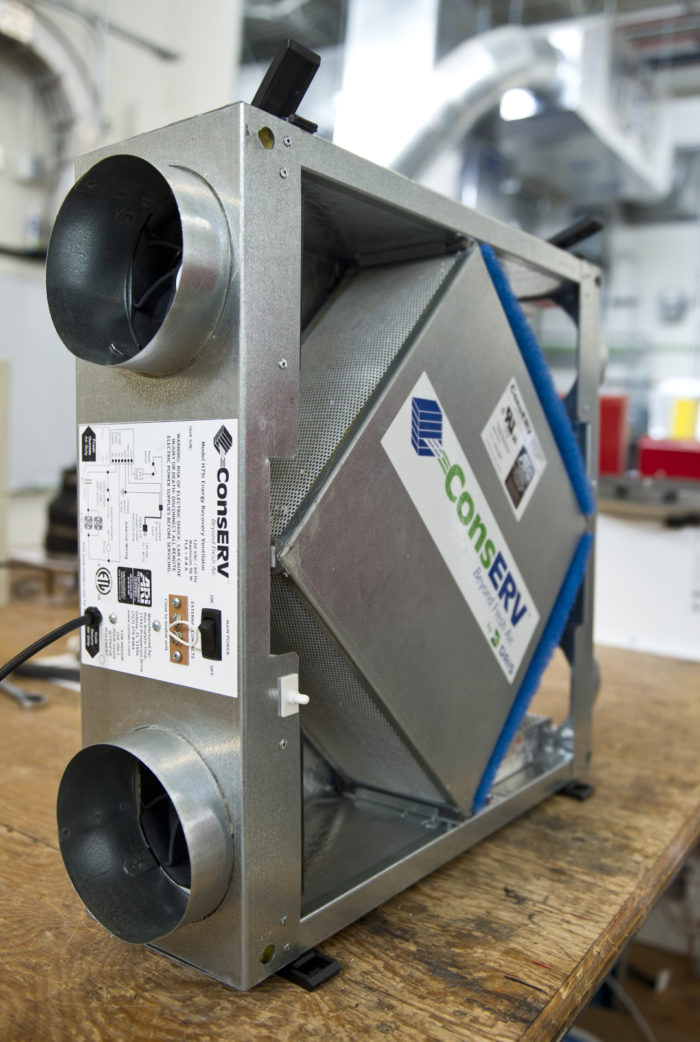7 Clues You Should Consider HRV in Your Home
Wiki Article
The All-Inclusive Guide to the Uses of Heat Recovery Ventilation in Modern Structures
Heat Recovery Ventilation (HRV) systems stand for a considerable advancement in developing technology (HRV Heat Recovery Ventilation). They supply a method for trading stagnant interior air with fresh exterior air while minimizing energy loss. This technique not just improves indoor air high quality however likewise adds to power effectiveness in both property and industrial buildings. Understanding the various applications and benefits of HRV can disclose its crucial role in modern layout and sustainability initiatives. The effects of this modern technology deserve checking out even moreComprehending Heat Recovery Ventilation Equipments

Although several modern-day buildings prioritize power performance, recognizing warm healing air flow (HRV) systems is vital for maximizing interior air high quality and minimizing power usage. HRV systems work by moving warmth from stagnant indoor air to inbound fresh air, efficiently maintaining comfy indoor temperature levels while lessening energy loss. These systems are composed of a warm exchanger, fans, and ductwork that assist in the flow of air. Throughout wintertime, HRV units record and recycle warm from the outgoing air, while in summer season, they can assist cool down incoming air. By continually trading air, HRV systems also lower humidity and the focus of indoor contaminants. Proper installment and maintenance of HRV systems are important for their performance and efficiency in boosting general structure performance and comfort.
Advantages of Heat Recovery Ventilation
Heat recovery ventilation systems supply various benefits that boost both energy effectiveness and interior air top quality in modern structures. By recording and recycling energy from exhaust air, these systems substantially reduce cooling and heating expenses, causing reduced power intake. They preserve a consistent flow of fresh outside air, reducing the danger of indoor air contaminants and allergens. This constant exchange helps control moisture degrees, protecting against mold growth and guaranteeing a healthier living atmosphere. Furthermore, HRV systems contribute to sustainability goals by lowering total carbon impacts. Their capability to enhance air flow without giving up thermal comfort makes them a valuable addition to modern structure style, promoting both financial and environmental advantages.Applications of HRV in Residential Buildings
As property owners increasingly focus on power efficiency and interior air top quality, the applications of warm recovery air flow (HRV) systems in property buildings have actually ended up being more widespread. HRV systems are especially useful in tightly secured homes, where preserving fresh air circulation is essential for protecting against wetness buildup and indoor toxins. They properly move warmth from outbound stale air to incoming fresh air, minimizing energy costs linked with cooling and heating. In addition, HRVs can improve comfort levels by regulating humidity and temperature level. They are additionally versatile for different property designs, consisting of single-family homes and multi-unit buildings. Overall, incorporating HRV systems supports lasting living methods while making certain a healthier indoor atmosphere for owners.HRV in Commercial and Commercial Setups
In business and industrial settings, the application of warm recuperation air flow (HRV) systems has ended up being significantly essential for maximizing power efficiency and preserving air high quality. These systems successfully move warmth from exhaust air to incoming fresh air, decreasing the demand for added home heating or cooling. This not only reduces power costs but additionally adds to HRV Heat Recovery Ventilation sustainability campaigns. Industries such as production, warehousing, and workplace buildings benefit greatly from HRV systems, as they help manage temperature level and moisture degrees, guaranteeing a comfortable and productive setting. HRV systems help in getting rid of impurities and excess dampness, boosting interior air high quality. As guidelines around air top quality come to be more stringent, the fostering of HRV modern technology is most likely to expand, making it a critical component of modern business and commercial framework.Future Patterns in Heat Recovery Ventilation Innovation

Frequently Asked Concerns
Exactly How Does Heat Recovery Ventilation Effect Indoor Air High Quality?
Heat recovery ventilation greatly boosts interior air quality by continuously trading stagnant interior air with fresh outside air while recuperating energy. This process minimizes toxins, keeps suitable moisture levels, and guarantees a healthier setting for owners.Can HRV Equipments Be Set Up in Existing Structures?
HRV systems can undoubtedly be mounted in existing buildings. Retrofitting may call for alterations to ductwork and ventilation layouts, however it considerably enhances power performance and interior air high quality, making it a feasible choice for older structures.What Upkeep Is Needed for HRV Solutions?

Are There Specific Climates Where HRV Is Extra Effective?
Heat recovery ventilation systems are particularly effective in climates with considerable temperature differences between periods. These systems enhance energy effectiveness by recouping warmth from exhaust air, making them excellent for both chilly and reasonably warm settings.Just How Do HRV Systems Affect Power Bills?

Report this wiki page